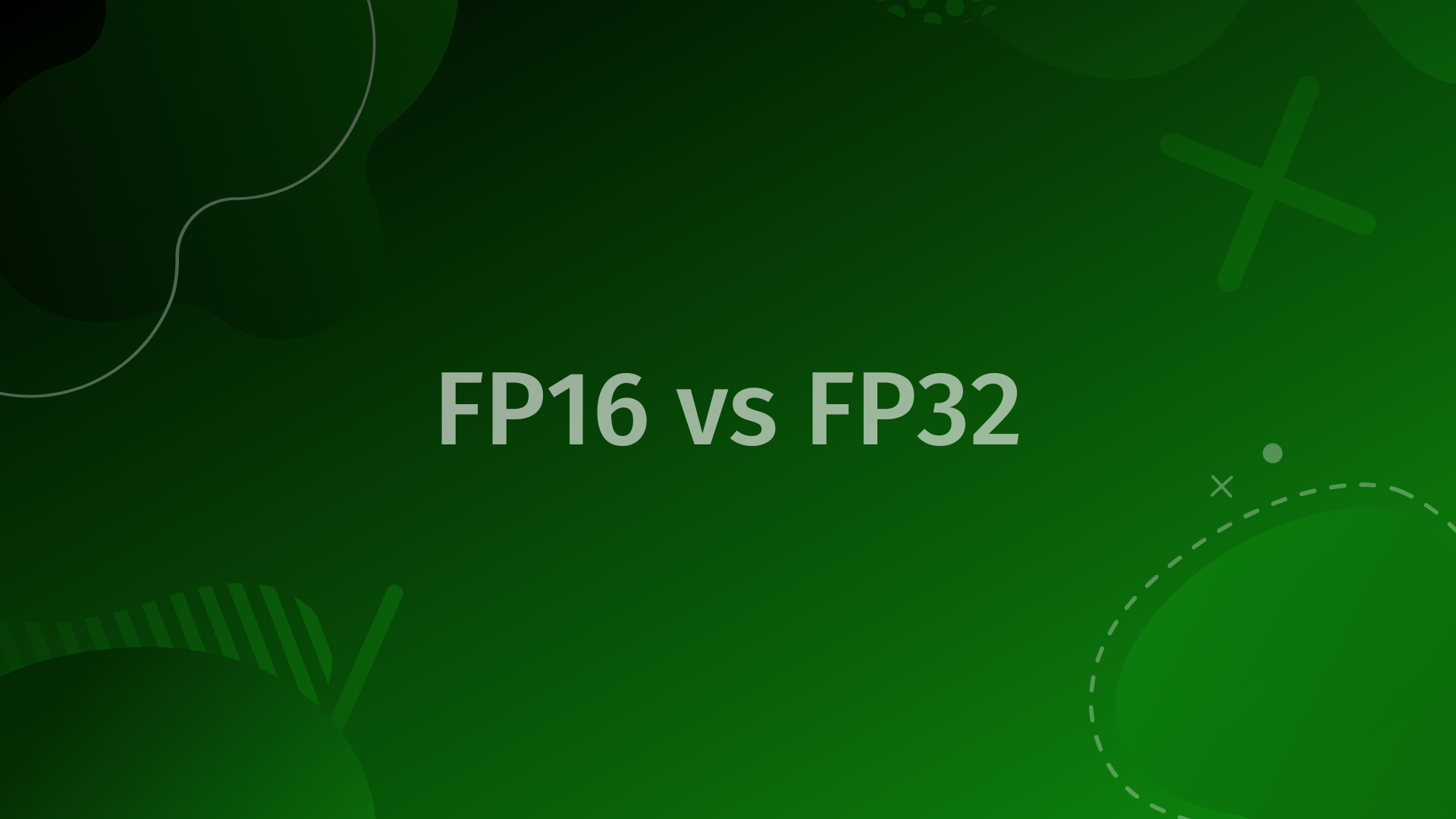What is GPT-4 & What We Know So Far
Abstract: OpenAI has released very few details about its features. The little we know comes from a Q&A Altman did at the AC10 online meetup. GPT-4 will be a tex
The AI community is eagerly awaiting the launch of GPT-4. Although Sam Altman, CEO of OpenAI, has not released a formal date, the community now expects an early 2023 release after missing the initial July/August 2022 prediction.
The goal of the Generative Pre-trained Transformer (GPT) series is to understand and generate human-readable text without needing to devote extensive resources towards training the model and labeling data for a specific task.
The GPT model is conveniently pre-trained on web data and is generalizable to a wide variety of NLP tasks. Generative Pre-trained Transformer 4 (GPT-4) will be the fourth generation language prediction model.
Table of Contents- What can GPT-3 do?
- Text Classification
- Text Generation
- Conversation
- Transformation
- Completion
- Factual Responses
- What we know about GPT-4
- Relatively unchanged model size
- Improved hyperparameters
- Aligned with human feedback
- Conclusion
In order to understand the potential of GPT-4, it helps to understand GPT-3. GPT-3 has been widely adopted as a state-of-the-art language model since its 2020 release. The text generated by GPT-3 is comparable to that written by a human. In fact, the quality of GPT-3 output was so high that researchers felt compelled to include a warning in the paper introducing the model.
Here are some key highlights of what GPT-3 is able to do:
Text ClassificationGiven a text description of the task and a few examples, GPT-3 is able to classify text based on categories like sentiment. Traditional classification tasks required custom training on manually labeled datasets. GPT-3 is able to understand the classification task and execute it without having been explicitly taught.
Text GenerationThis is arguably one of the most interesting features of GPT-3. The model is able to generate long form text. A simple Google search yields a plethora of content written by GPT-3 including short stories, light-novels, movies, and children’s books.
ConversationGPT-3 is able to have unstructured conversations with humans and even with itself. Interestingly, the OpenAI documentation emphasizes the need to tell GPT-3 how to behave. Without being instructed to be friendly, GPT-3 may respond sarcastically.
TransformationText transformation is an umbrella term for a collection of diverse text processing tasks. This includes translation, summarization, narration POV, and conversion. Text conversion allows the user to teach GPT-3 a pattern and have it execute the pattern on given text. The OpenAI documentation translates text to emojis as an example of conversion.
CompletionGiven an incomplete sentence, GPT-3 can complete the thought where you left off. It can also logically connect two storylines. For example, given a story that starts with 「I woke up with a terrible fever.」 and ends with 「I quickly recovered.」, GPT-3 might insert 「I went to the doctor. She prescribed me medicine.」 between the start and end.
Factual ResponsesGPT-3 can handle trivia style Q&A. The model will concede that it does not know the answer if it is unsure. Unfortunately, the model can fail by giving incorrect answers that sound real. This can be handled by encouraging the model to say ‘I don’t know’ when the response certainty is below a certain threshold or by providing a ground truth text on the topic.
What we know about GPT-4Despite the potential impact of GPT-4, OpenAI has released very few details about its features. The little we know comes from a Q&A Altman did at the AC10 online meetup. GPT-4 will be a text only, dense model like its predecessors. It will differ from GPT-3 in three primary areas.
Here’s what you can expect from GPT-4.
Relatively unchanged model sizeDespite rumors last year that GPT-4 could have 100 trillion parameters, Altman said that GPT-4 will not be much larger than GPT-3, which has 175 billion parameters. The focus on improving model performance without increasing model size stands in contrast to the ~500 billion parameter models released by competitors such as Nvidia, Microsoft, and Google earlier this year.
This news comes in the wake of DeepMind’s groundbreaking paper in March 2022. They found that they were able to outperform GPT-3 (175 billion) and Gopher (280 billion) with a small model they named Chinchilla (70 billion). Although Chinchilla boasts fewer parameters than its counterparts, it was trained on four times as much data. Chinchilla outperformed top competitors across a large set of language benchmarks.
Many current models like GPT-3 are undertrained because of the high cost associated with training a large model. DeepMind found that by boosting the number of training tokens, they were able to achieve impressive performance while keeping model size small.
Improved hyperparametersAs mentioned previously, GPT-3 was undertrained due to cost constraints. Operating under the condition that models would only be trained once, many AI companies relied on sheer volume of data to achieve high performance rather than parameter tuning.
In March 2022, Microsoft and OpenAI were able to improve GPT-3 performance by tuning hyperparameters. They found that a 6.7 billion parameter GPT-3 model with tuned hyperparameters was able to match the performance of a 13 billion parameter GPT-3 model. The study also demonstrated how hyperparameters tuned for a small model could be applied to larger models in the same family. This technique is a cost efficient way for larger models like GPT-4 can take advantage of hyperparameter tuning.
Aligned with human feedbackAI Alignment is a relatively recent term. It refers to ensuring that an AI is performing its intended role. GPT-3 was misaligned when it came to many tasks. This was most notably demonstrated in the tone of its response in some cases. GPT-3 may generate responses that are sarcastic, reinforce stereotypes, are unhelpful, or are factually incorrect.
To address this problem, OpenAI released InstructGPT in early 2022. InstructGPT uses human feedback and reinforcement learning to avoid generating misaligned text. Results demonstrated that InstructGPT produced fewer falsehoods and was less toxic compared to its predecessors. Users also preferred output from InstructGPT over that from competitors’.
The alignment problem has only become more pertinent today. Since Altman himself is an outspoken champion of beneficial AI, we can expect OpenAI to use insights from InstructGPT to yield a GPT-4 model that is better aligned with human interests.
ConclusionWe eagerly await the launch of GPT-4 in the coming few months. Based on what we know so far, GPT-4 will be roughly the same size as GPT-3, have improved hyperparameters, and will be better aligned.
GPT-4 is slated to be a groundbreaking technology, but it is clear that it poses several threats such as fake news, improper alignment, and spam generation. However, risks like these come with any new technology. As long as we remain mindful of the pitfalls of AI, we can await the launch of GPT-4 with optimism.







